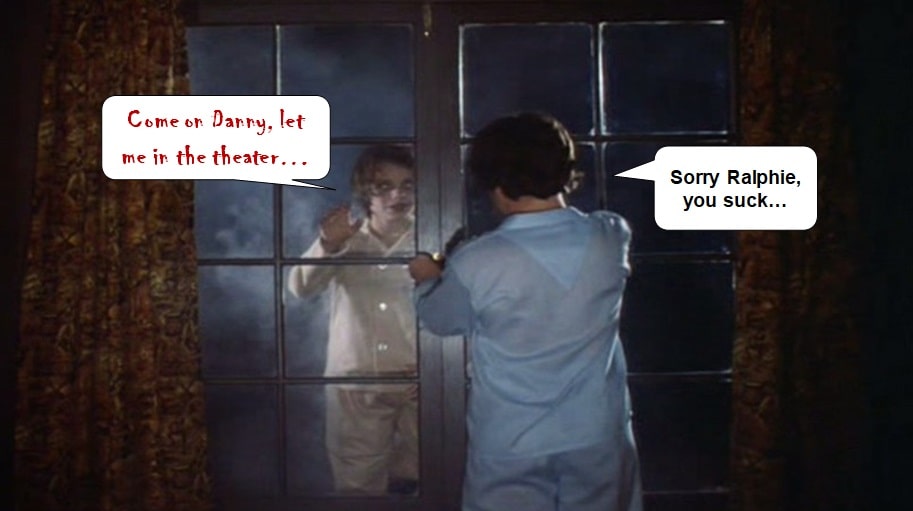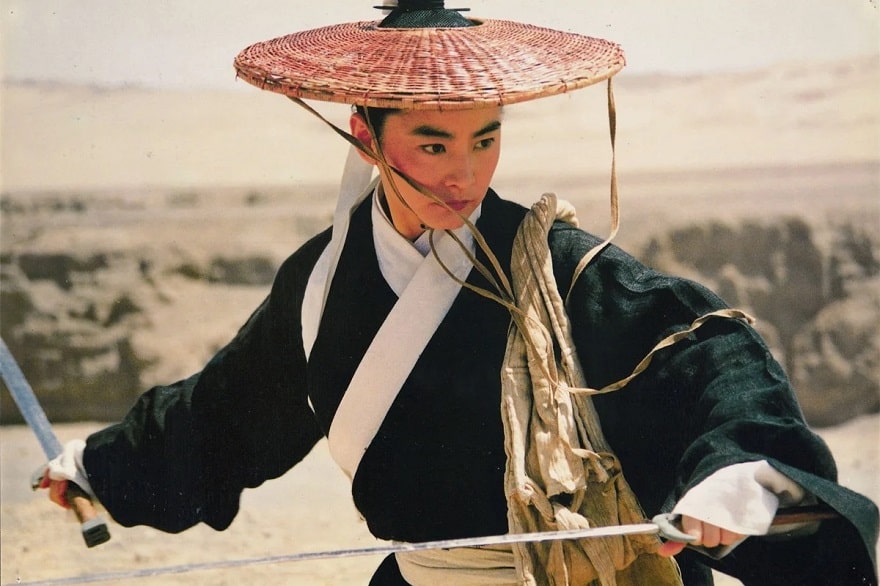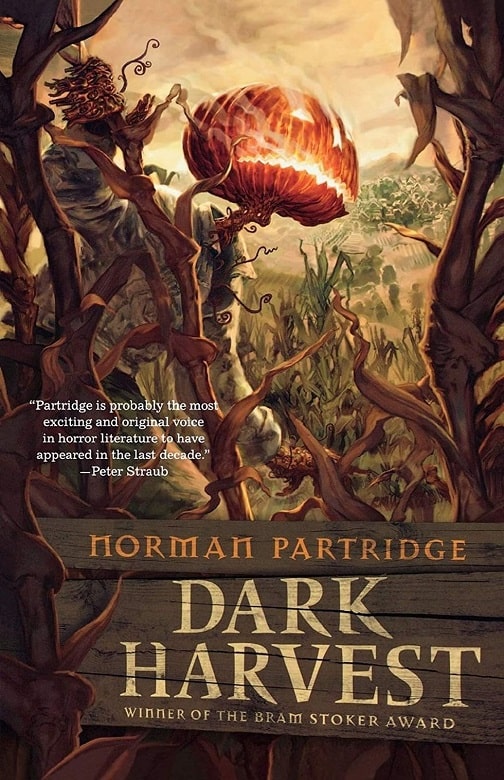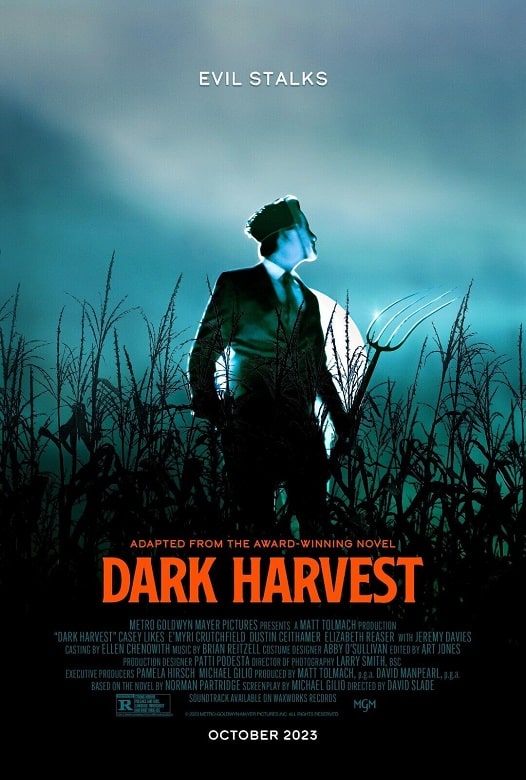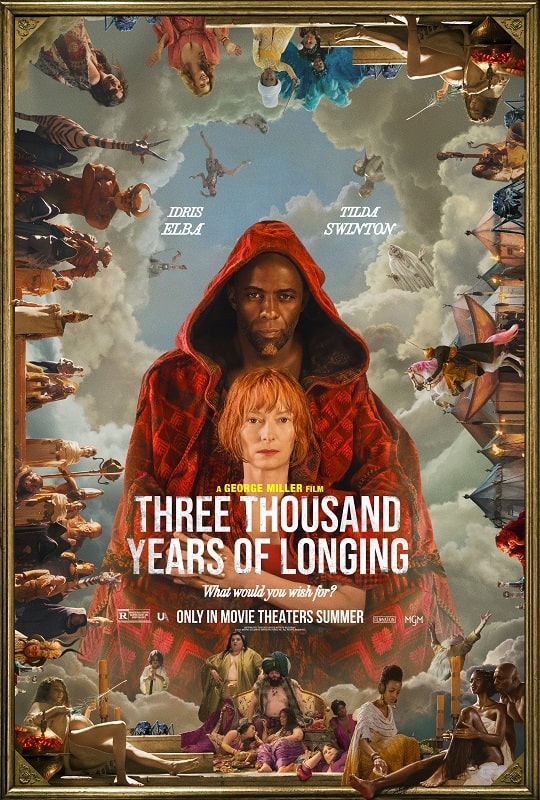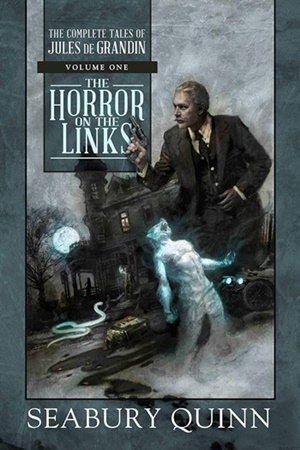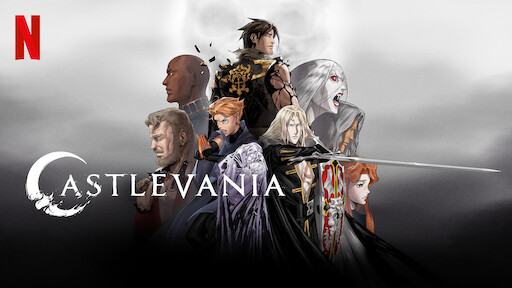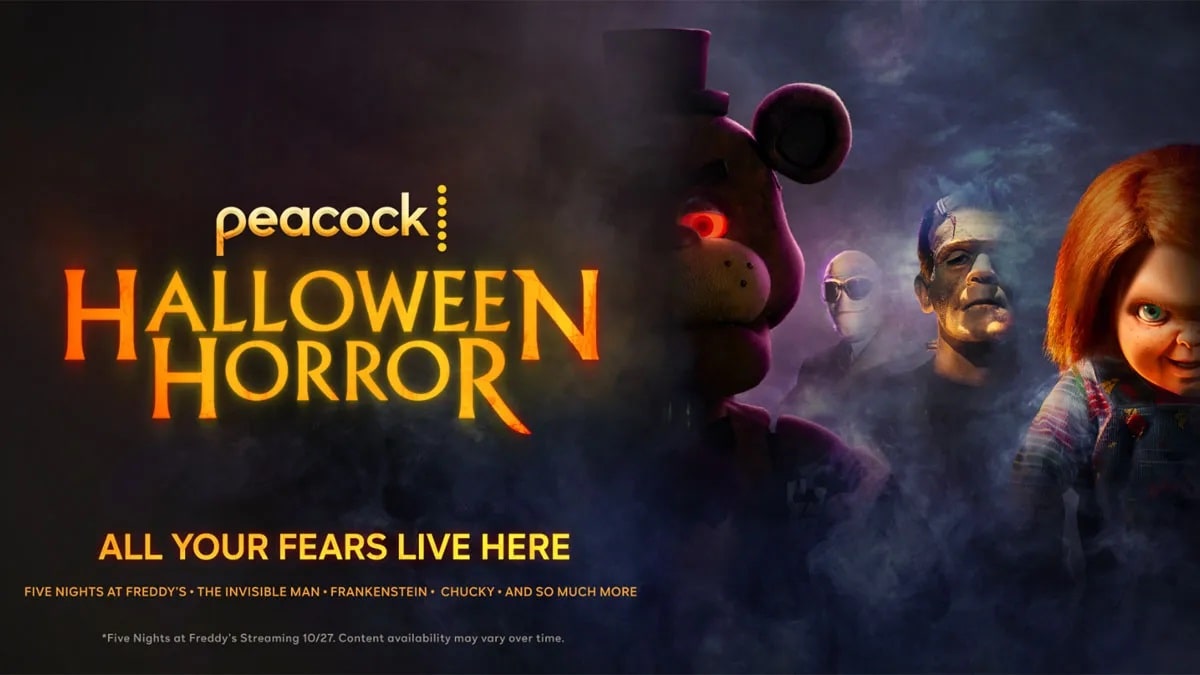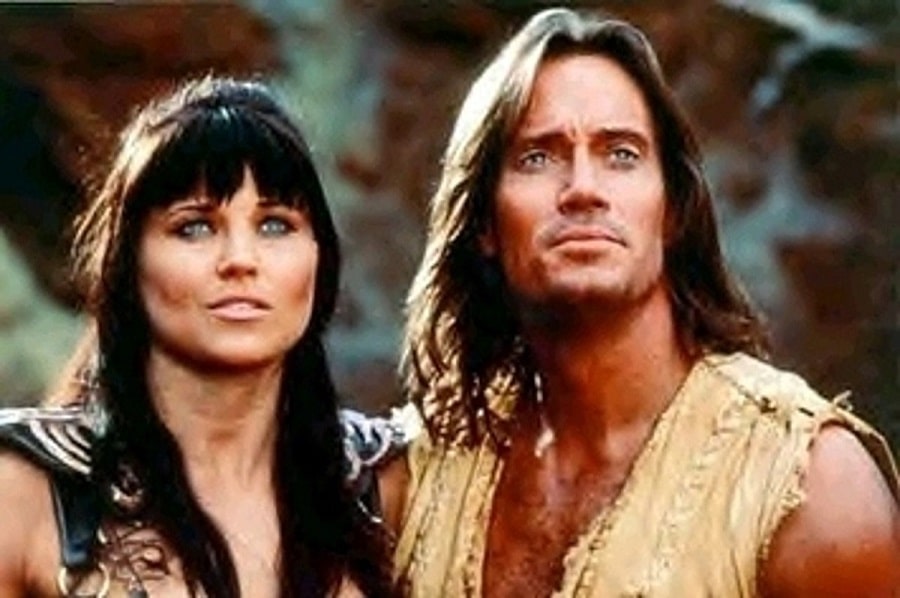What I’m Watching – November 2023
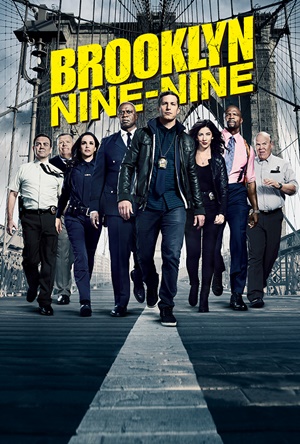 So, it’s time for another What I’mWatching. Today we’ve got some TV, some movies, and some streaming shows – including what used to be called a teleplay. Awaaaaay we go:
So, it’s time for another What I’mWatching. Today we’ve got some TV, some movies, and some streaming shows – including what used to be called a teleplay. Awaaaaay we go:
BROOKLYN NINE NINE
This show ran for eight seasons (2013 – 2021), covering 153 episodes. I didn’t watch it when it aired, but I’m on the final season, now. This is a VERY fun comedy cop show. Stephanie Beatriz just co-starred in Twisted Metal. I like her mix of toughness and humor in both shows.
This reminds me of Animal Control (which I like), though it’s not as dumb. From the few episodes I saw of Park and Rec, I think this appeals to the same crowd. Good cast, funny stories, without dumbing things down too much. This has been my go-to evening watch, and I’ll be disappointed when it’s over. But a fun show.
THE CAINE MUTINY COURT MARTIAL
I wrote this post on Humphrey Bogart’s The Caine Mutiny, which is based on Herman Wouk’s Pulitzer Prize-winning novel. Marlon Brando (On the Waterfront) beat out Bogie for the Oscar that year. Quite simply, Bogart’s Captain Queeg is brilliant: Arguably his best performance.
